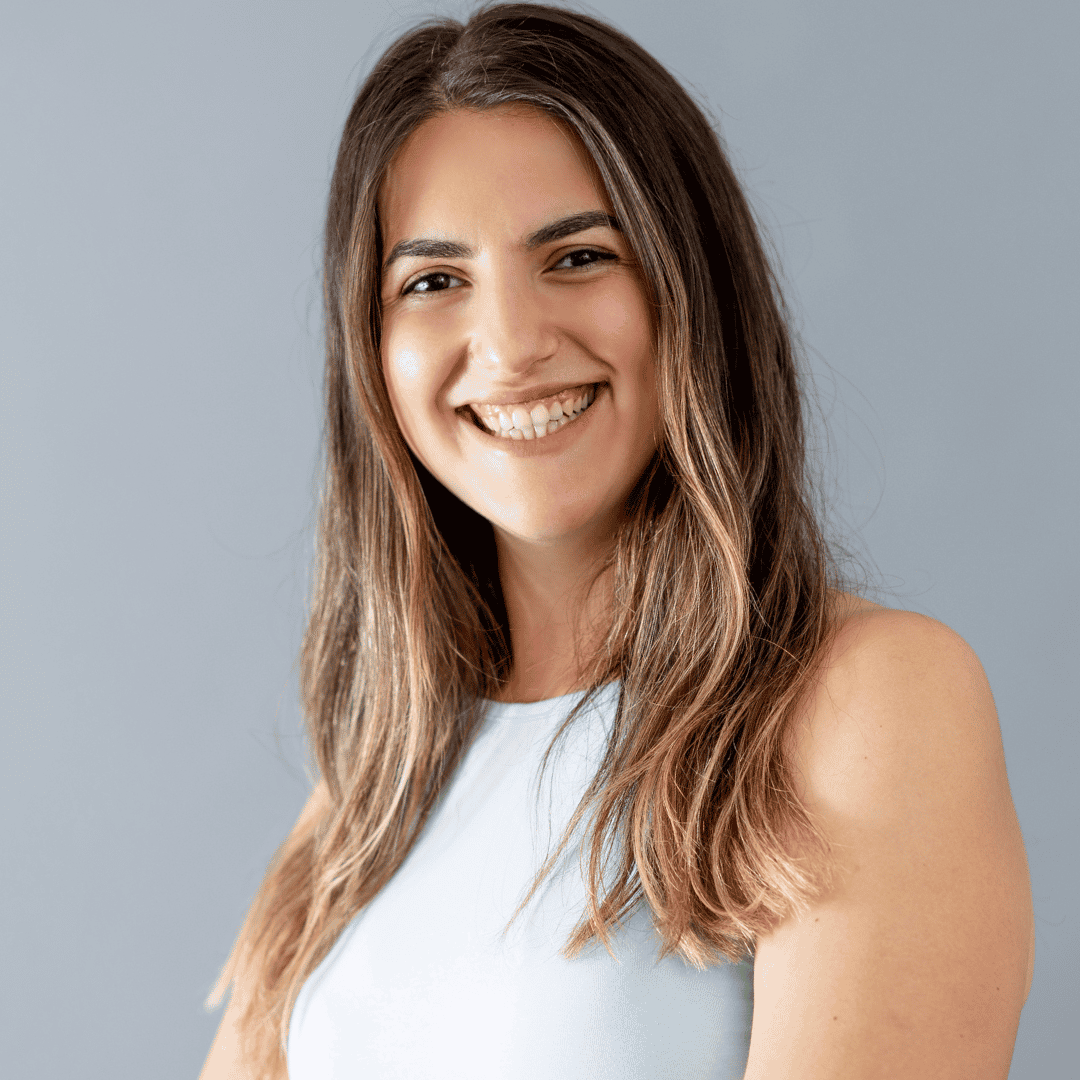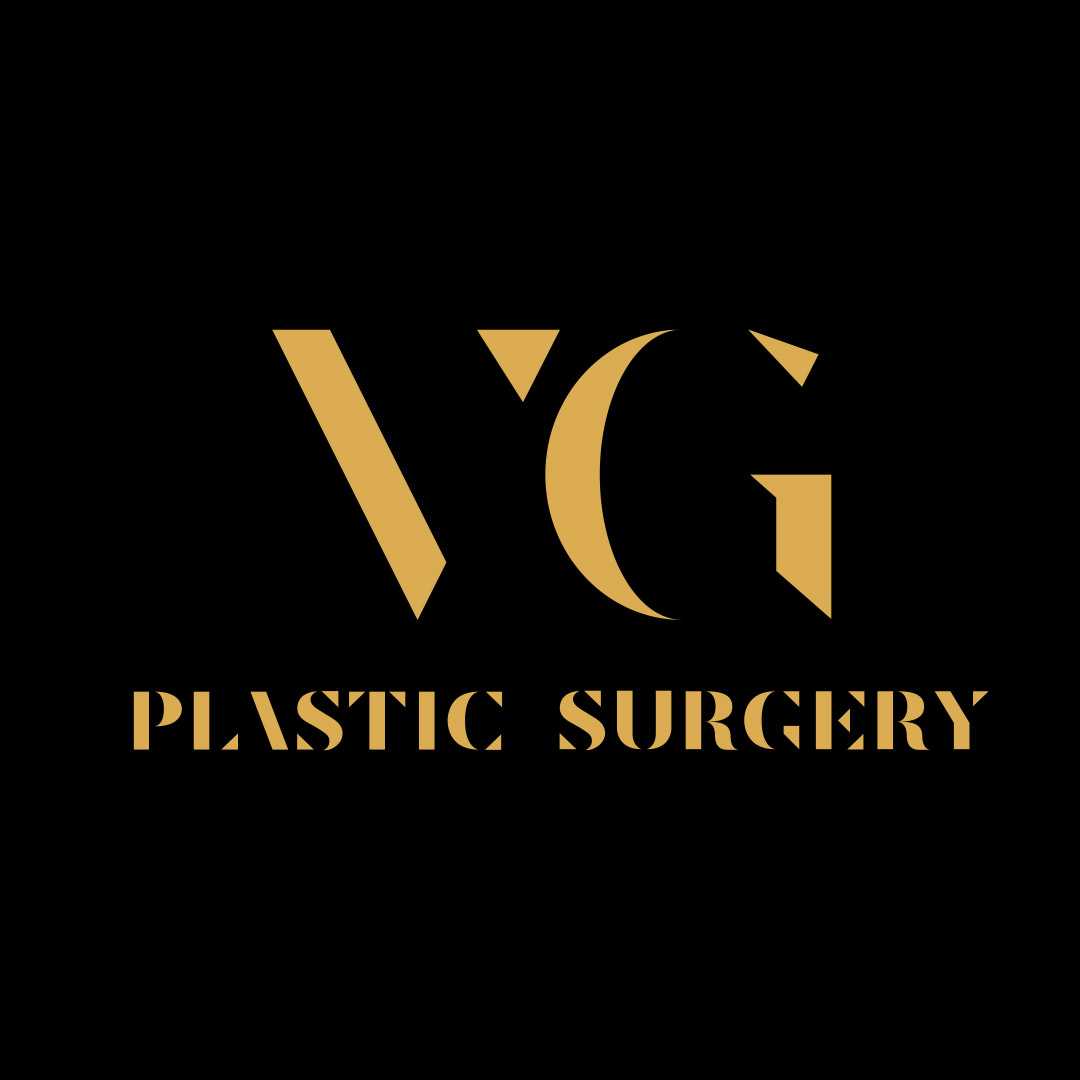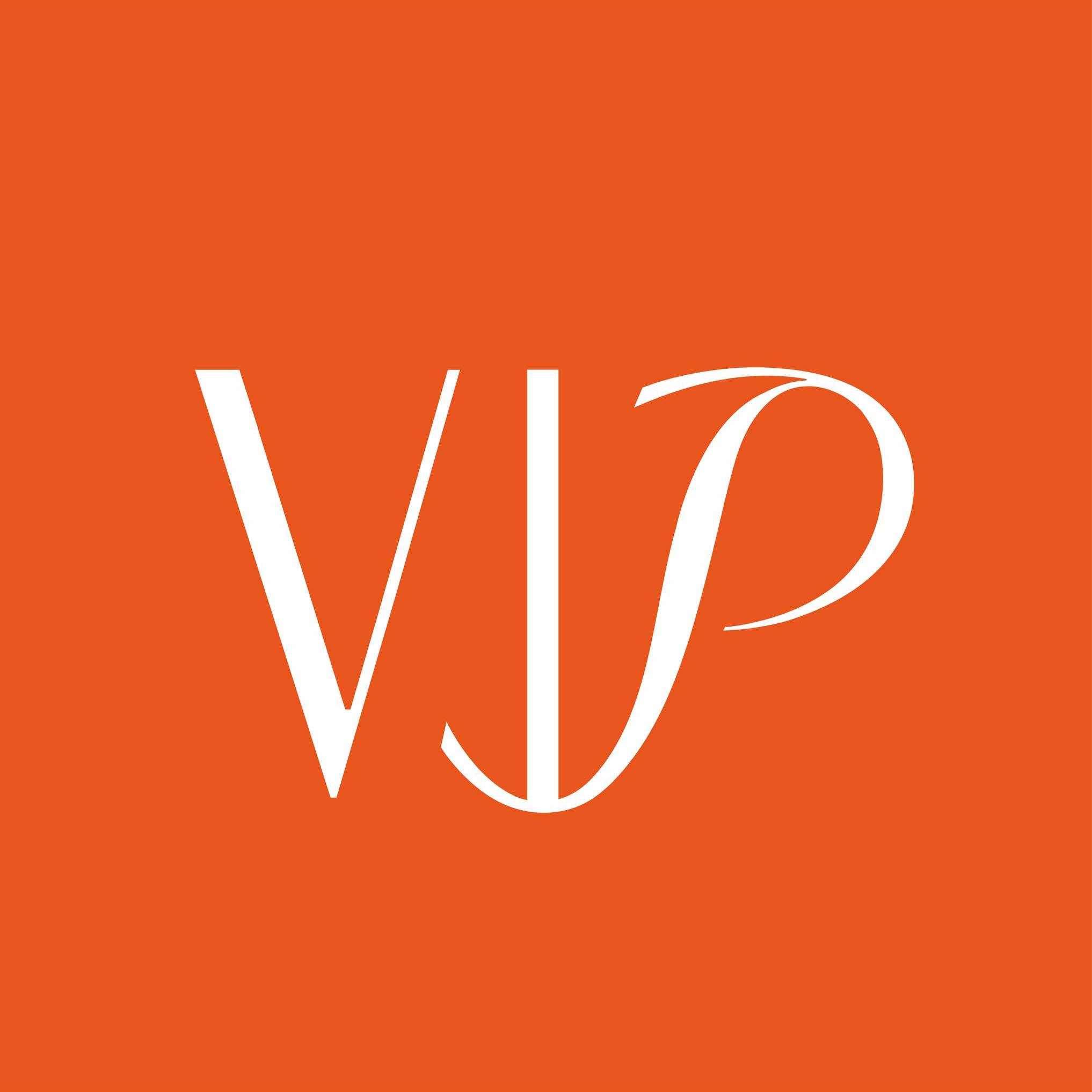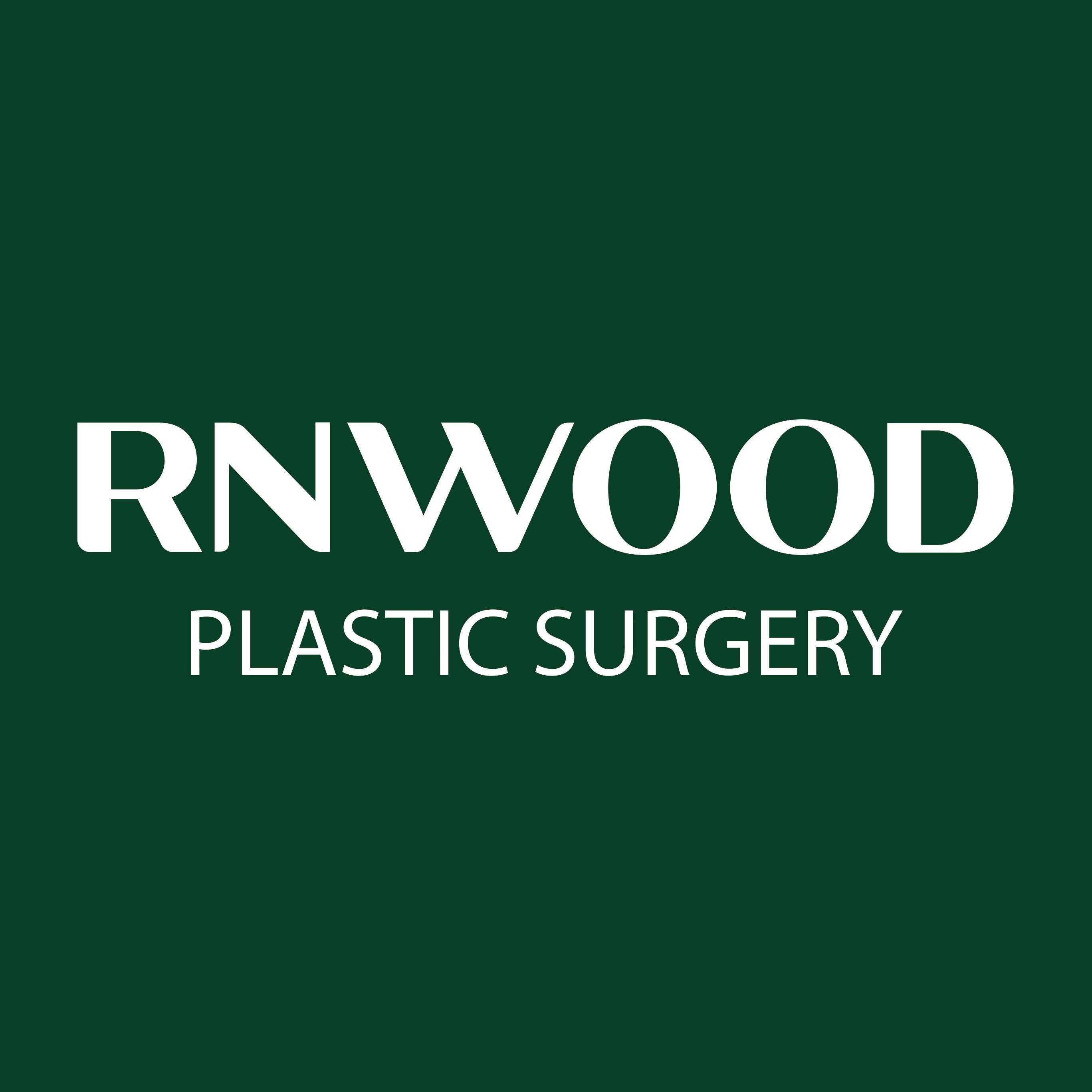Is Double Eyelid Surgery Safe in South Korea? A Comprehensive Guide
.png)
South Korea has earned a global reputation as the epicenter of cosmetic surgery, with double eyelid surgery, also known as Asian blepharoplasty, being one of its most popular and refined procedures. Millions of people, both local and international, seek out South Korean surgeons for their aesthetic enhancements. But for those considering the journey, a fundamental question often arises: Is double eyelid surgery safe in South Korea? The answer, overwhelmingly, is yes – but with crucial caveats related to diligent research and choosing the right provider. Let's delve into the safety aspects, regulations, and what makes South Korea a leading destination for this delicate procedure.
What are the general safety standards for plastic surgery in South Korea?
South Korea's commitment to medical excellence extends to its highly developed plastic surgery industry. The country has implemented a well-regulated system designed to ensure high-quality and safe care for all patients, including a large influx of international visitors. Here are the pillars of their safety standards:
- Rigorous Surgeon Training and Board Certification: To legally perform plastic surgery in South Korea, doctors must undergo an extensive and demanding training process. This typically involves:
- Six years of medical school.
- Passing national licensing exams.
- Completing additional specialized residency training (often 4-5 years) in plastic and reconstructive surgery.
- Becoming board-certified by the Korean Society of Plastic and Reconstructive Surgeons (KSPRS), a mark of elite qualification.
- Government Oversight and Licensing: Clinics that treat foreign patients must be registered with the Ministry of Health and Welfare. This registration ensures they meet specific criteria for facilities, staff, and practices.
- Accreditation Programs: Many top hospitals and clinics choose to pursue additional certifications, such as the Korean Accreditation Program for Hospitals Serving Foreign Patients (KAHF). This program meticulously checks over 120 safety points, including malpractice insurance, emergency systems, and infection control procedures. Some facilities also hold international accreditations like Joint Commission International (JCI).
- Advanced Facilities and Technology: Korean clinics are renowned for their cutting-edge technology, modern operating theaters, and sophisticated diagnostic equipment. There's a strong emphasis on continuous innovation and refinement of surgical techniques.
- Strong Industry Associations: Groups like the KSPRS play a vital role in setting ethical standards, providing ongoing training to surgeons, and promoting best safety practices across the industry.
While risks are inherent in any surgery, these robust regulatory and professional frameworks contribute significantly to the overall safety of plastic surgery in South Korea.
What are the specific safety measures for double eyelid surgery in South Korea?
Double eyelid surgery, being one of the most common procedures in South Korea, benefits from specialized attention to safety:
- Detailed Pre-operative Evaluation: Before any eye surgery, a comprehensive preoperative evaluation is performed. This includes a detailed medical history, current medications, allergies, and past surgical history. Crucially, a detailed ophthalmic examination is completed to assess eye health, vision, and eyelid function, identifying any pre-existing conditions that could impact the surgery or recovery.
- Experienced and Specialized Surgeons: Many South Korean plastic surgeons specialize heavily in eye surgeries, allowing them to gain immense expertise and refine techniques. Their precision helps minimize complications.
- Advanced Surgical Techniques: Korean surgeons are known for pioneering and perfecting various techniques (non-incisional, partial incision, full incision) tailored to individual eyelid anatomy. They often use specialized suture techniques that aim to minimize scarring and promote faster healing.
- Anesthesia Safety: Double eyelid surgery is typically performed under local anesthesia with intravenous (IV) sedation, often referred to as "sleeping anesthesia." This means you are asleep and comfortable during the procedure. Qualified anesthesiologists are present to monitor your vital signs throughout the surgery, ensuring your safety.
- Sterile Operating Environments: All procedures are conducted in highly sterile operating rooms to prevent infection, a critical aspect of surgical safety.
- Post-operative Care Protocols: Clinics provide explicit instructions for post-operative care, including managing swelling and bruising with cold compresses, proper incision care, restrictions on activities (like rubbing eyes, heavy lifting, strenuous exercise), and advice on avoiding contact lenses and makeup for specific periods. This diligent aftercare is crucial for preventing complications and ensuring optimal healing.
By adhering to these specific protocols, South Korean clinics aim to make double eyelid surgery as safe as possible for their patients.
What are the potential risks and side effects of double eyelid surgery?
While double eyelid surgery in South Korea is generally safe, it's important to be aware of potential risks and side effects, as with any surgical procedure. Most common side effects are temporary and part of the healing process, but rarer complications can occur:
Common (Temporary) Side Effects:
- Swelling and Bruising: This is universal and expected. It's most prominent in the first few days and gradually subsides over 1-3 weeks. Cold compresses and head elevation help manage this.
- Pain and Discomfort: Mild pain or a feeling of tightness and soreness around the eyes is common. This is usually manageable with over-the-counter pain relievers.
- Dry Eyes, Itchiness, or Irritation: The eyes may feel dry, itchy, or irritated temporarily due to swelling affecting tear production or eye closure. Eye drops can provide relief.
- Blurry or Double Vision: Temporary blurred or double vision can occur in the first few days due to swelling or the effects of anesthesia. This usually resolves quickly.
- Sensitivity to Light: Your eyes may be more sensitive to light initially, necessitating sunglasses when outdoors.
Less Common (Potentially Longer-Term or Requiring Intervention) Risks:
- Asymmetry: While surgeons strive for symmetry, minor differences between the two eyelids can occur. Temporary swelling often causes initial asymmetry, which resolves. Persistent asymmetry may require revision surgery.
- Visible Scarring: Although Korean surgeons are highly skilled at minimizing scars, the incisional method will leave a fine line. This scar typically fades significantly over months, but its visibility can vary by individual healing.
- Infection: A rare risk with any surgery, managed by sterile techniques and possibly prophylactic antibiotics. Signs of infection (increased redness, warmth, pus, fever) require immediate medical attention.
- Ectropion or Entropion: Extremely rare complications where the eyelid turns outward (ectropion) or inward (entropion), potentially causing irritation or difficulty closing the eye. This can result from excessive tissue removal or scarring and may require corrective surgery.
- Hematoma or Seroma: Collection of blood or fluid under the skin, which may require drainage.
- Difficulty Closing Eyes (Lagophthalmos): In some cases, usually temporary due to swelling, patients may find it difficult to fully close their eyes, especially when sleeping. Rarely, this can be permanent if too much skin is removed.
- Impact on Vision: Extremely rare, but serious complications affecting vision are possible, though diligent pre-operative assessment and skilled surgery significantly reduce this risk.
A reputable South Korean surgeon will thoroughly discuss all potential risks and side effects during your consultation, ensuring you are fully informed before proceeding with your double eyelid surgery in South Korea.
How do I choose a reputable clinic and surgeon for double eyelid surgery in South Korea?
Selecting the right clinic and surgeon is paramount for a safe and successful double eyelid surgery experience in South Korea. Here’s a checklist to guide your decision:
- Verify Surgeon's Credentials:
- Board Certification: Insist on a surgeon who is board-certified by the Korean Society of Plastic and Reconstructive Surgeons (KSPRS). This is a non-negotiable mark of a highly trained and ethical professional. You can often search for their credentials on the KSPRS website.
- Experience and Specialization: Choose a surgeon with extensive experience specifically in double eyelid surgery. Ask about their volume of procedures and their preferred techniques (e.g., non-incisional, full incisional) to ensure it aligns with your needs.
- Before & After Photos: Review a substantial portfolio of their previous work to assess their aesthetic style and the naturalness of their results.
- Clinic Accreditation and Licensing:
- Government Licensing: Ensure the clinic is properly licensed by the Ministry of Health and Welfare to perform plastic surgery.
- Accreditations: Look for clinics accredited by programs like KAHF (Korean Accreditation Program for Hospitals Serving Foreign Patients) or international accreditations like JCI. These indicate adherence to strict safety and quality standards.
- Emergency Preparedness: Confirm the clinic has robust emergency systems, including resuscitation equipment and trained staff, or is directly affiliated with a hospital.
- Communication and Transparency:
- Language Support: Choose a clinic with English-speaking staff or dedicated international patient coordinators and professional translators to ensure clear communication throughout your entire journey.
- Thorough Consultation: The clinic should offer a detailed pre-operative consultation, ideally virtual, where all your questions are answered, and risks and benefits are clearly explained. Beware of clinics that rush consultations or provide vague answers.
- Transparent Pricing: Insist on a detailed, all-inclusive quote that clearly outlines all costs (surgery, anesthesia, hospital stay, medications, follow-up). Avoid suspiciously cheap deals, as they may indicate compromises in quality or hidden fees.
- Comprehensive Pre- and Post-Operative Care:
- Pre-op Health Checks: Ensure the clinic requires thorough pre-operative health check-ups (blood tests, etc.) to confirm your fitness for surgery.
- Aftercare Plan: A reputable clinic will provide a detailed post-operative care plan, including wound care instructions, medication schedules, and information on follow-up appointments (both in-person and potentially remote).
- Support Person: While not mandatory, having a friend or partner to assist during the immediate recovery period can be beneficial.
- Patient Reviews and Reputation:
- Research online reviews on independent platforms. Look for consistent positive feedback about patient safety, staff professionalism, and satisfying results. Be cautious of clinics with many generic or overly positive, unverified reviews.
By focusing on these critical aspects, you can significantly increase your chances of a safe and successful double eyelid surgery in South Korea.
What is the typical recovery time for double eyelid surgery in South Korea?
Understanding the recovery timeline is essential for planning your trip and managing expectations. The duration of recovery can vary depending on the specific technique used (non-incisional vs. incisional) and individual healing capacity.
Immediate Post-Op (First Few Days):
- Swelling and Bruising: Most prominent immediately after surgery. Cold compresses and keeping your head elevated (even while sleeping) are crucial to minimize this.
- Discomfort: Mild pain, tightness, or a sensation of dryness/itchiness is common. Pain medication will be prescribed.
- Vision: May be slightly blurry or sensitive to light initially.
- Stitch Removal: For incisional methods, stitches are typically removed 5-7 days after the procedure. For non-incisional, there are usually no external stitches to remove, only tiny punctures that heal quickly.
First 1-2 Weeks:
- Social Recovery: Most visible swelling and bruising will significantly diminish, making it easier to go out in public. Many patients can return to light, non-strenuous work or activities after 10-14 days.
- Makeup & Contact Lenses: You'll usually be advised to avoid eye makeup and contact lenses for 1-2 weeks to prevent infection and irritation.
- Activity Restrictions: Continue to avoid strenuous activities, heavy lifting, or anything that increases blood pressure to your head.
1-3 Months:
- Swelling Resolution: Most of the residual swelling will resolve, and the double eyelid crease will look more natural and defined.
- Scar Maturation (for Incisional): Scars will still be visible (red/pink) but will begin to flatten and fade. Your surgeon may recommend scar care products.
- Full Activity: You can typically resume all normal activities, including strenuous exercise, after your surgeon clears you, usually around 1 month.
6-12 Months (and beyond):
- Final Results: The final results of the surgery, including the full maturation of any scars, will become apparent. Scars will continue to lighten and soften, becoming less noticeable over time.
Clinics in South Korea are known for their attentive aftercare and providing clear recovery guidelines. Adhering to these instructions is essential for achieving the best possible outcome from your double eyelid surgery in South Korea.
Considering double eyelid surgery in South Korea? Explore PlacidWay to connect with reputable clinics and experienced surgeons who can help you achieve your desired aesthetic goals with safety and precision.


.png)







.png)






Share this listing